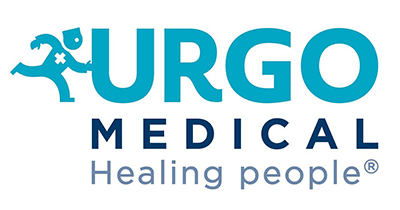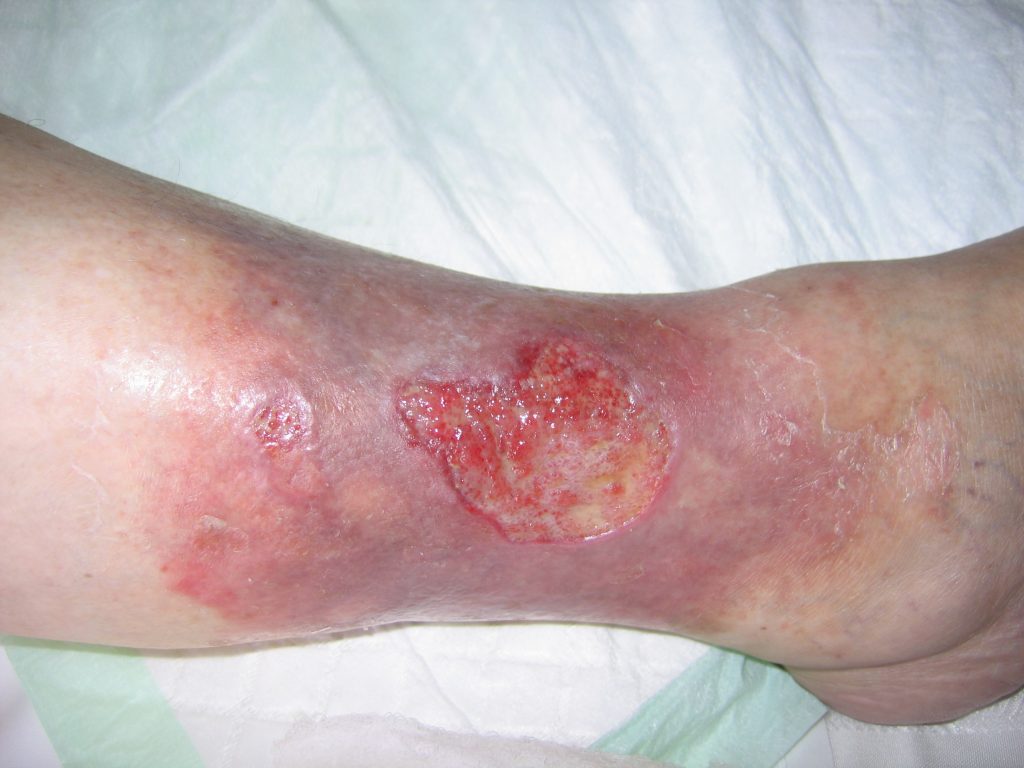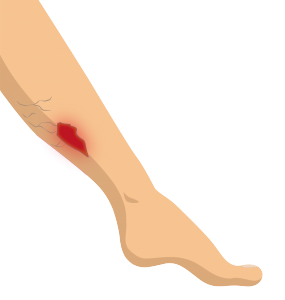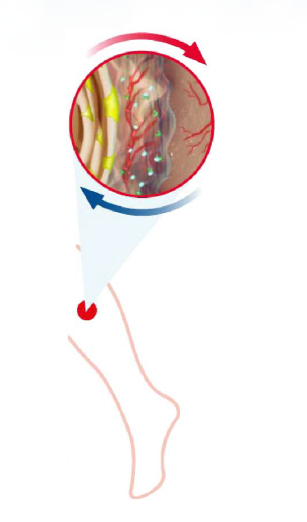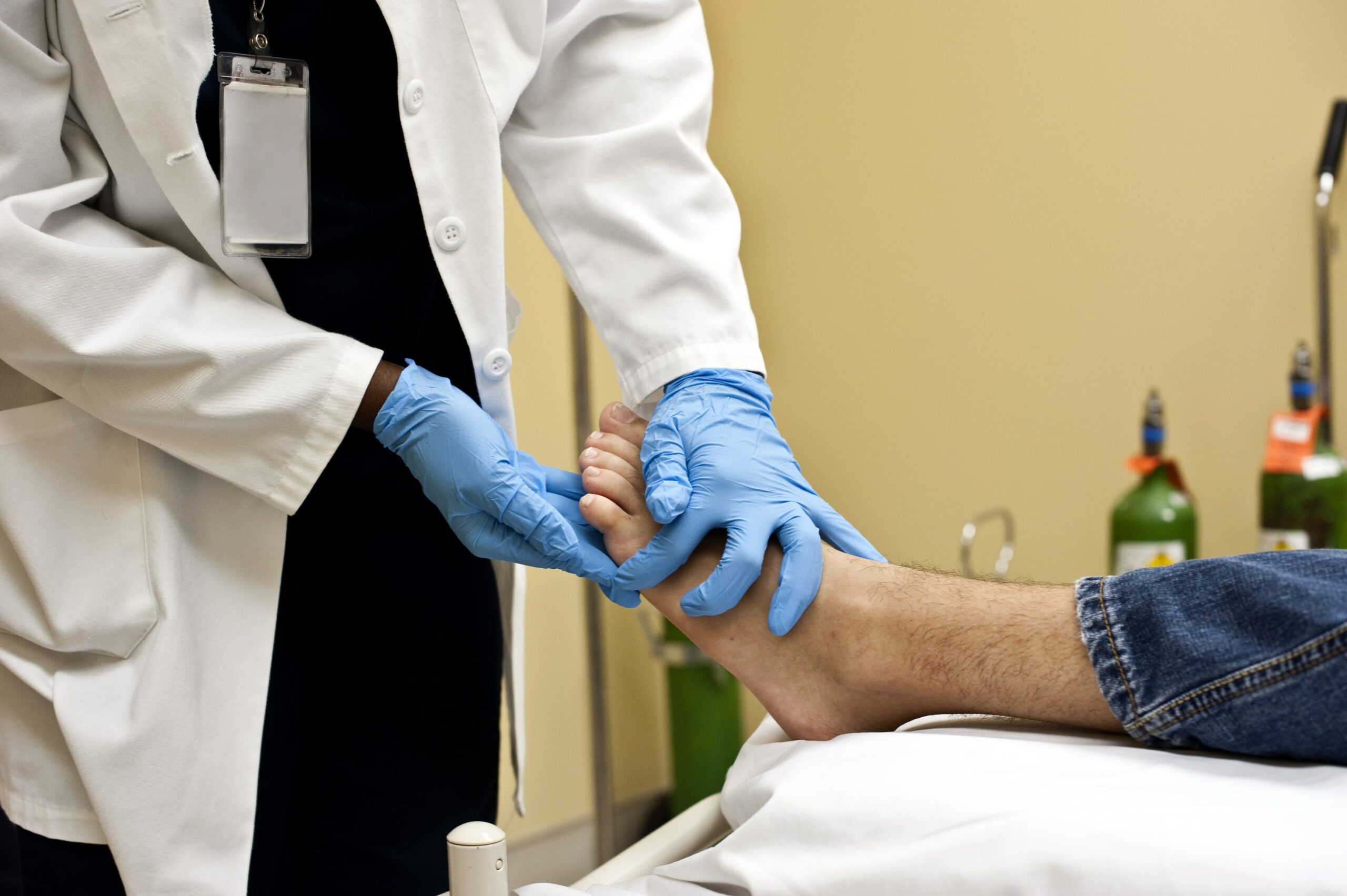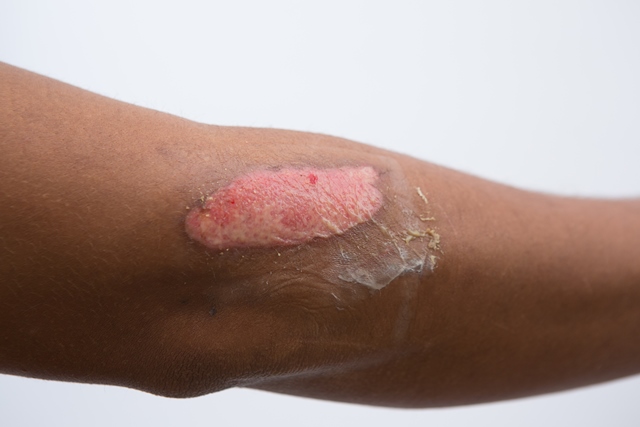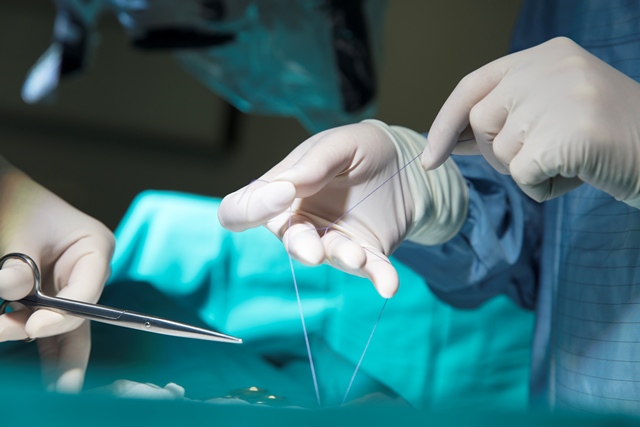Diabetic Foot Ulcer
What is a diabetic foot ulcer? Diabetic foot ulcers are one of the major complications of diabetes. Between 19 and 34% of all diabetics will develop a foot ulcer at some point in their lives1. Often underestimated, or even unrecognised by the patients affected, it can lead to complications such as an infection requiring hospitalisation, …
